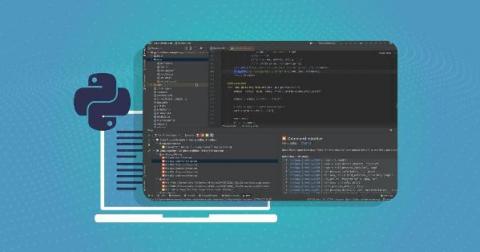Getting started with Snyk for secure Python development
If you’re a Python developer looking to easily secure your applications, you’re in the right place! Snyk helps you secure all the code making up your Python app — your own code, the open source libraries you’re pulling in, your containers, and your infrastructure as code (IaC) — by integrating seamlessly into your existing development workflows.






